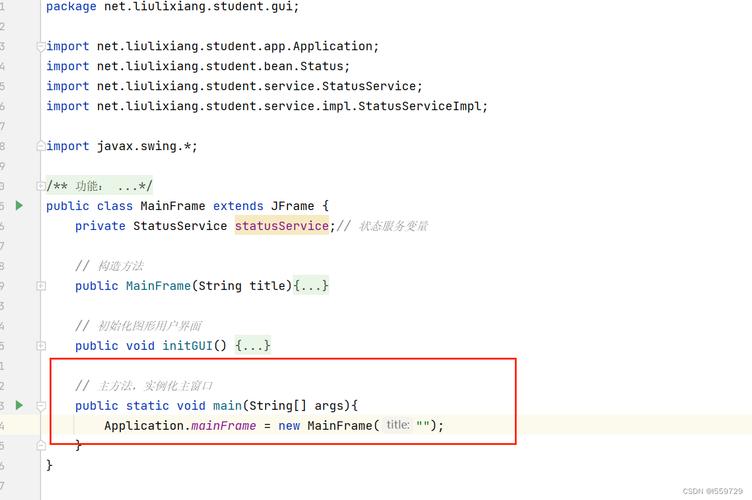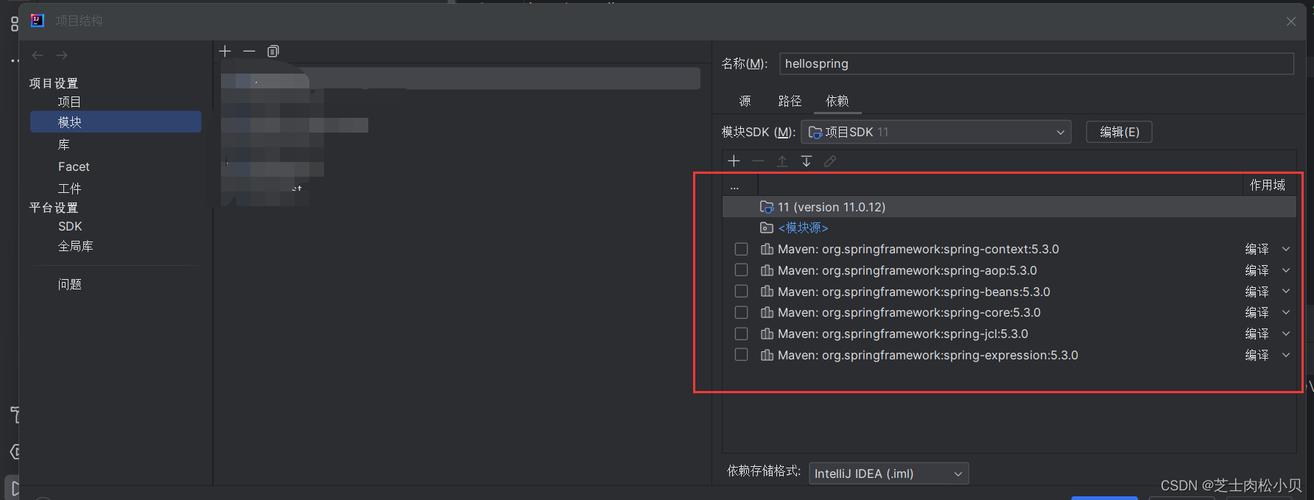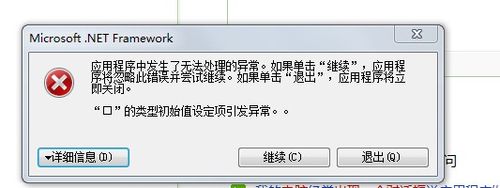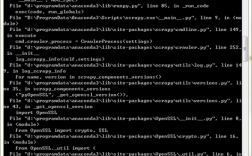myFrame报错问题详解
一、
在使用Java Swing框架进行图形用户界面(GUI)开发时,JInternalFrame是一个常用的组件,用于创建可以嵌入到主窗口中的子窗口,开发者在继承和使用JInternalFrame时可能会遇到各种报错问题,本文将详细探讨一个典型的报错案例及其解决方案,并提供相关的FAQs以供参考。

二、问题描述
假设你正在尝试创建一个继承自JInternalFrame的自定义类MyFrame,并在构造函数中初始化该类,当你运行代码时,却遇到了以下错误提示:
- Exception in thread "main" java.lang.Error: Unresolved compilation problem:
- The constructor JInternalFrame(String) is undefined
这个错误表明编译器无法找到匹配的构造函数,为什么会出现这个问题呢?让我们从代码和逻辑上逐步分析。
三、错误原因分析
1、构造函数不匹配:
JInternalFrame类没有直接接受单个字符串参数的构造函数,正确的构造函数应该是带有多个参数的版本,
- public JInternalFrame(String title, boolean resizable, boolean closable, boolean maximizable, boolean iconifiable)
如果你只传递了一个字符串参数,编译器会报错,因为它找不到匹配的方法签名。
2、继承关系理解不足:

可能误以为JInternalFrame继承了Frame,但实际上它继承自java.awt.Component,不能简单地用new Frame("title")的方式来实例化JInternalFrame。
3、构造方法调用错误:
在子类的构造函数中,如果没有显式调用父类的构造函数,默认会调用父类的无参构造函数,如果父类没有无参构造函数且子类构造函数没有显示调用父类的其他构造函数,则会导致编译错误。
四、解决方法
方法一:正确调用父类构造函数
确保在子类的构造函数中正确调用父类的构造函数。
- import javax.swing.*;
- public class MyFrame extends JInternalFrame {
- public MyFrame() {
- // 调用父类的构造函数,并传递必要的参数
- super("我的子窗口", true, true, true, true);
- initComponents();
- }
- private void initComponents() {
- // 初始化组件的代码
- }
- public static void main(String[] args) {
- MyFrame frame = new MyFrame();
- frame.setVisible(true);
- }
- }
方法二:使用默认构造函数

如果不想传递任何参数,可以使用默认的无参构造函数,但需要手动设置相关属性:
- import javax.swing.*;
- public class MyFrame extends JInternalFrame {
- public MyFrame() {
- // 调用父类的无参构造函数
- super();
- this.setTitle("我的子窗口");
- this.setResizable(true);
- this.setClosable(true);
- this.setMaximizable(true);
- this.setIconifiable(true);
- initComponents();
- }
- private void initComponents() {
- // 初始化组件的代码
- }
- public static void main(String[] args) {
- MyFrame frame = new MyFrame();
- frame.setVisible(true);
- }
- }
五、示例代码
以下是一个更完整的示例,展示了如何正确地创建和使用JInternalFrame:
- import javax.swing.*;
- import java.awt.*;
- import java.awt.event.ActionEvent;
- import java.awt.event.ActionListener;
- public class MainFrame extends JFrame {
- private JDesktopPane desktopPane;
- public MainFrame() {
- Container contentPane = getContentPane();
- desktopPane = new JDesktopPane();
- contentPane.add(desktopPane);
- setSize(800, 600);
- setDefaultCloseOperation(JFrame.EXIT_ON_CLOSE);
- setLocationRelativeTo(null);
- setVisible(true);
- }
- public void addSubWindow() {
- MyFrame subWindow = new MyFrame("子窗口", true, true, true, true);
- subWindow.setSize(300, 200);
- subWindow.setVisible(true);
- desktopPane.add(subWindow);
- }
- public static void main(String[] args) {
- MainFrame mainFrame = new MainFrame();
- JMenuBar menuBar = new JMenuBar();
- JMenu menu = new JMenu("菜单");
- JMenuItem menuItem = new JMenuItem("打开子窗口");
- menuItem.addActionListener(new ActionListener() {
- @Override
- public void actionPerformed(ActionEvent e) {
- mainFrame.addSubWindow();
- }
- });
- menu.add(menuItem);
- menuBar.add(menu);
- mainFrame.setJMenuBar(menuBar);
- }
- }
- class MyFrame extends JInternalFrame {
- public MyFrame(String title, boolean resizable, boolean closable, maximizable, boolean iconifiable) {
- super(title, resizable, closable, maximizable, iconifiable);
- initComponents();
- }
- private void initComponents() {
- // 添加按钮和其他组件
- JButton button = new JButton("点击我");
- button.addActionListener(new ActionListener() {
- @Override
- public void actionPerformed(ActionEvent e) {
- System.out.println("按钮被点击了!");
- }
- });
- add(button);
- }
- }
在使用JInternalFrame时,务必确保正确调用父类的构造函数,并传递适当的参数,理解JInternalFrame与Frame之间的关系也非常重要,避免混淆两者的用法,通过以上方法和示例代码,相信你可以更好地解决myFrame报错的问题。
七、常见问题解答(FAQs)
Q1: 为什么JInternalFrame没有无参构造函数?
A1:JInternalFrame的设计初衷是提供更多的配置选项,以确保每个子窗口都有明确的属性设置,它没有提供无参构造函数,而是要求开发者显式地指定所需的参数。
Q2: 如何在JInternalFrame中添加按钮并响应点击事件?
A2: 可以在JInternalFrame的构造函数或初始化方法中创建按钮,并为其添加ActionListener来处理点击事件。
- JButton button = new JButton("点击我");
- button.addActionListener(new ActionListener() {
- @Override
- public void actionPerformed(ActionEvent e) {
- System.out.println("按钮被点击了!");
- }
- });
- add(button);










